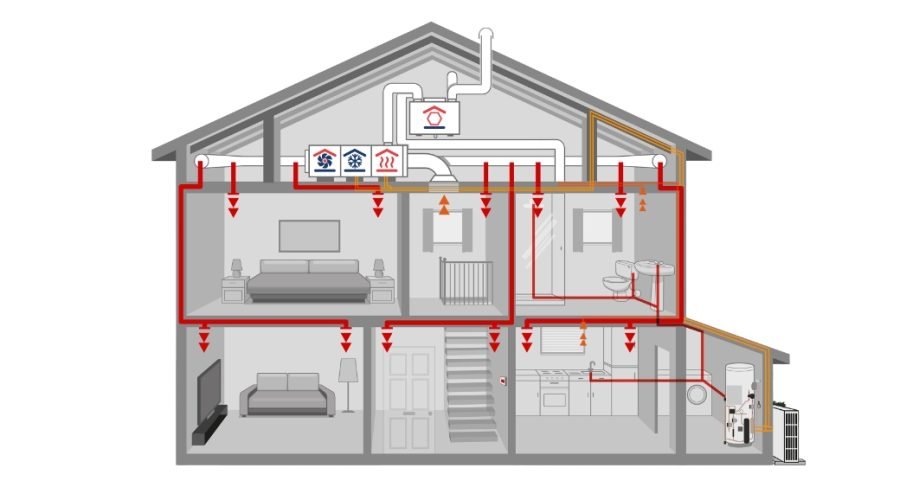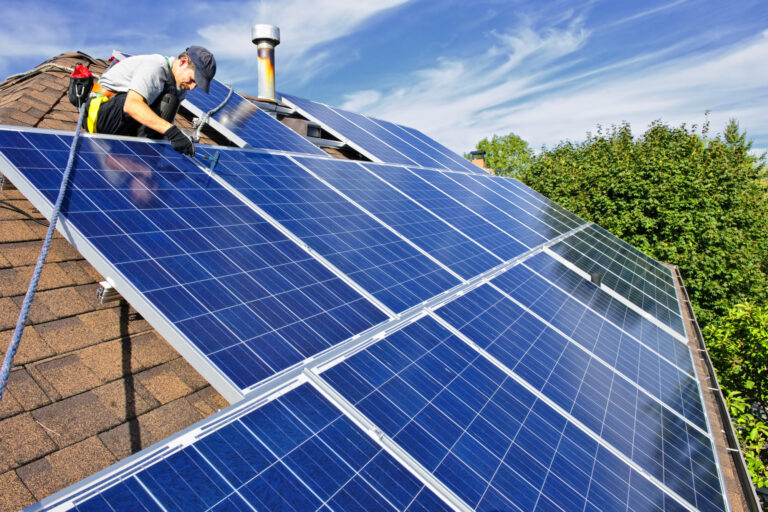The Impact of MVHR Systems on the Microclimate in Educational Institutions

A modern classroom is where a child or even a teenager spends most of their time during the day. The quality of the indoor air is therefore important for the health, comfort and productivity of students and teachers. Ventilation is an important prerequisite for an excellent microclimate. One of the best ways to achieve this is through the use of mechanical ventilation with heat recovery – commercial MVHR. These systems combine ease of installation with high efficiency.
What is an MVHR System?
MVHR keeps buildings well ventilated throughout the year by removing stale air saturated with carbon dioxide, dust and other pollutants from air ducts and replacing it with fresh outdoor air. It uses the heat from the outgoing air to heat the incoming air, significantly reducing energy consumption.
Some of the problems caused by poor ventilation in schools and universities include:
- High levels of carbon dioxide (CO₂). High concentrations of CO₂ and subsequent fatigue, lack of concentration and headaches due to overcrowded classrooms.
- High humidity. Poorly ventilated areas cause moisture to build up, which in turn encourages the growth of mould and mildew.
- Poor air quality. Dust, allergens and other harmful particles are deposited, creating unhealthy conditions.
How Does MVHR Impact the Microclimate?
- Provision of Fresh Air
MVHR systems ensure a constant supply of fresh air, even in enclosed spaces. This helps reduce CO₂ levels, which is particularly important for classrooms with many occupants. - Humidity Control
MVHR effectively removes excess moisture from the air, preventing condensation, mould, and mildew. - Energy Efficiency
Thanks to heat recovery, the system reduces heating costs in winter and cooling expenses in summer, which is crucial for large educational facilities. - Improved Air Quality
Modern MVHR systems are equipped with filters that capture dust, allergens, and other pollutants, ensuring clean and safe air for students.
Why Choose MVHR?
According to Ecostream, MVHR systems offer several advantages, making them an ideal choice for educational institutions:
- Efficiency. Continuous air exchange without heat loss.
- Eco-Friendliness. Reduced energy consumption and CO₂ emissions.
- Durability. Modern models have a long service life with regular maintenance.
MVHR systems installed in educational facilities are an investment in the health, comfort and success of students and teachers. High quality microclimates improve the learning process, reduce the incidence of illness and improve energy efficiency. With modern ventilation solutions, schools and universities can become safe and comfortable environments for future generations.






